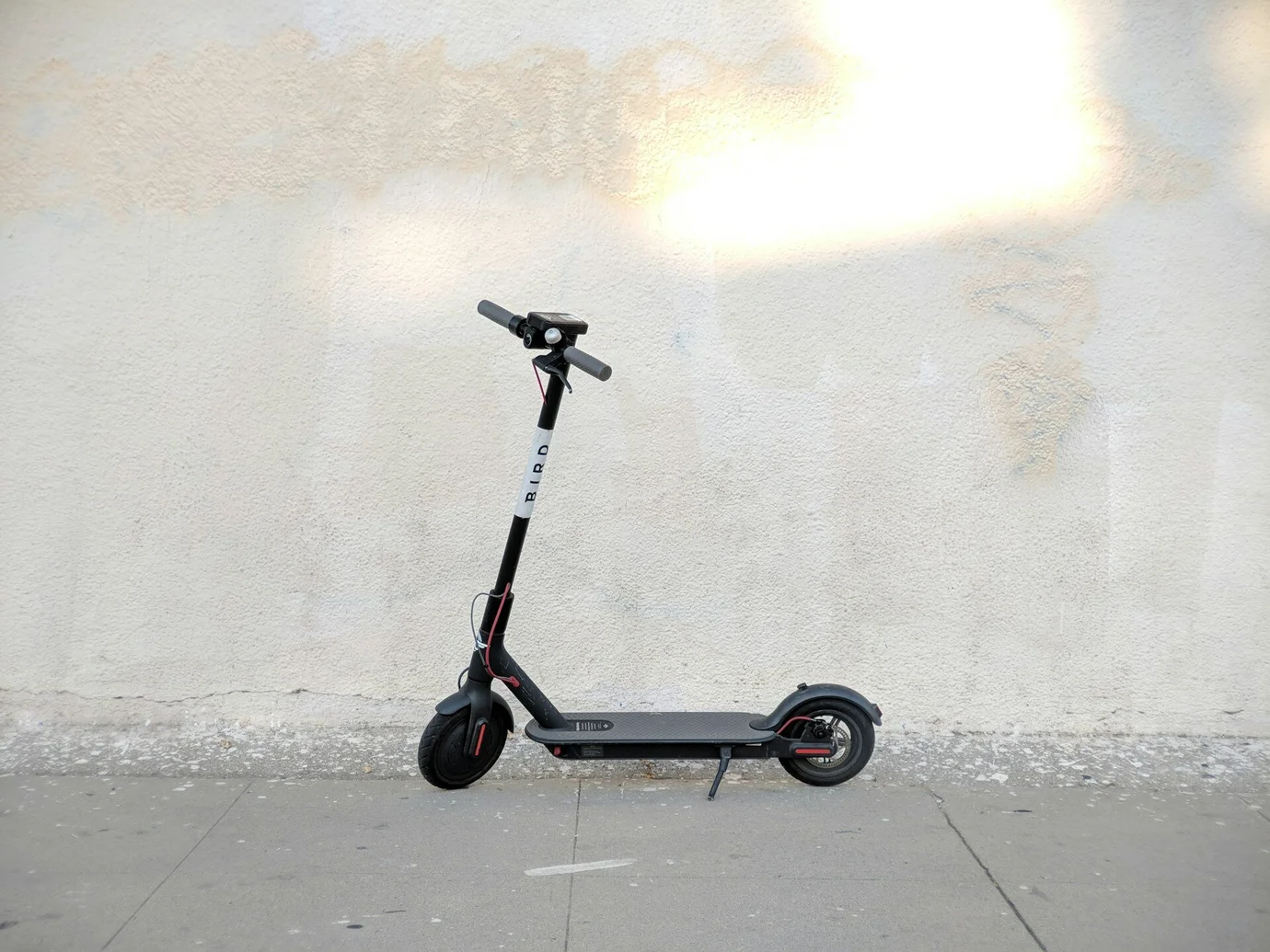Charging e-scooters
With rented e-scooters, you don't have to worry about charging – the provider takes care of that. With private e-scooters, however, you will have to charge them yourself sooner or later. We explain here where e-scooters can be charged and what you need to look out for in terms of safety.
Charging e-scooters at home
Whether and how charging e-scooters at home is permissible is still controversial. The legally and technically safest option is probably to remove the battery and charge it in a fireproof battery protection box. The e-scooter can then be parked in the bicycle cellar.
Under no circumstances should e-scooters be charged in the stairwell. They are a tripping hazard there. The stairwell is also an escape route. A burning e-scooter in the stairwell would therefore be particularly dangerous.
Charging e-scooters at charging stations
E-scooters can normally also be charged at public charging points for e-bikes without any problems. Both usually require a household socket. You usually have to bring your own charger, as e-scooter charging cables are not standardised, unlike smartphones.
In principle, it also appears to be possible to charge e-scooters at charging points for electric cars. However, there are legal and technical hurdles here. On the one hand, you need an adapter for a type 2 plug (in Europe), which also handles communication with the charging station. Secondly, it is not always permitted to park the e-scooter in the corresponding parking lot – after all, it is not a car and the insurance licence plate is not an ‘e-license plate’ (which is often required for parking in front of chargers in Germany). The e-scooter should therefore not be parked on the parking lot. Charging station operators can also exclude the use of e-scooters.
Charging e-scooters at work
If there are no official regulations or generally accessible charging points at the company, you should only charge your e-scooter at work with the express permission of your employer. Otherwise, this can be classed as ‘theft of electrical energy’. This can lead to a warning or even dismissal without notice.
In addition, the employer may have problems with fire protection if e-scooters are charged on the premises. For example, hardly any company is likely to have suitable extinguishing agents to put out a burning lithium-ion battery.
Similar to e-car or e-bike charging in the office, charging e-scooters in Germany is also exempt from taxes and social security contributions until the end of 2030, even if it constitutes a ‘non-cash benefit’.
Charging e-scooters in hotels, restaurants, bars and shops
Some companies try to attract additional guests or customers by setting up their own charging stations for e-bikes. Normally, e-scooters can also be charged here at the applicable conditions.
If there are no designated charging points, you can always ask whether and how you can charge your e-scooter. Simply plugging it into a socket in secret is probably a bad idea.
Charging e-scooters on buses and trains
Many trains and even some buses have sockets that can be used to charge mobile phones, for example. It would therefore make sense to use the time to charge your e-scooter.
However, in many cities and transport associations in Germany the carriage of e-scooters on buses and trains is prohibited, which means that the question of charging does not even arise. Where the carriage of e-scooters is permitted, the use (e.g. as a power bank) and charging of e-scooters is generally prohibited. This applies, for example, on Deutsche Bahn long-distance trains.
Charging e-scooters safely
As with other lithium-ion batteries, the same applies to electric scooters: if the battery is charged incorrectly, there is a risk of premature ageing and, in the worst case, thermal runaway. The latter can lead to a fire or even an explosion of the e-scooter.
Here are some tips for charging e-scooters safely:
- Charge at suitable temperatures, ideally at ‘room temperature’ – i.e. not in the sun or outside in frost, for example. Before charging, the battery should be given enough time to adjust to the ambient temperature.
- You should not charge your e-scooter unattended.
- Do not charge e-scooters in the vicinity of flammable material, as otherwise a fire can easily spread.
- Use suitable chargers, preferably the original accessories. Voltages above the end-of-charge voltage can destroy the battery.
- Damaged or swollen e-scooter batteries are extremely dangerous. They must not be charged under any circumstances.
- Charge e-scooter batteries in a clean and dry environment.
- Pay attention to the operating instructions. For some batteries, for example, it is recommended that you only charge them to more than 80 % in exceptional cases.
- Only charge e-scooters that are stored for longer periods of time to about half their charge and disconnect the battery from the scooter if possible. If this is not possible, recharge every few weeks to prevent deep discharge.
- The good news is that the lithium-ion batteries in e-scooters do not have a memory effect. The charging process can therefore be interrupted.
If you are worried about charging your e-scooter safely, you can remove the battery and charge it safely in our RETRON BOX. This is even approved for the transport of critically defective lithium-ion batteries, e.g. for the disposal of e-scooters that have had an accident or whose battery has blown up.



